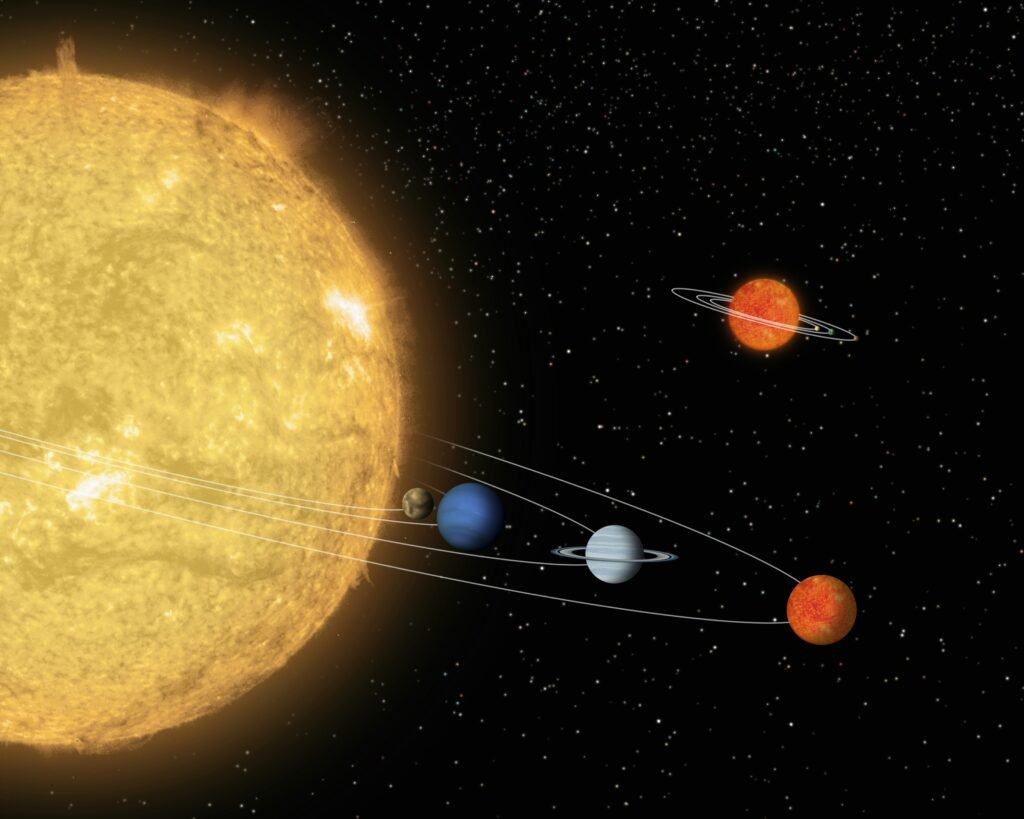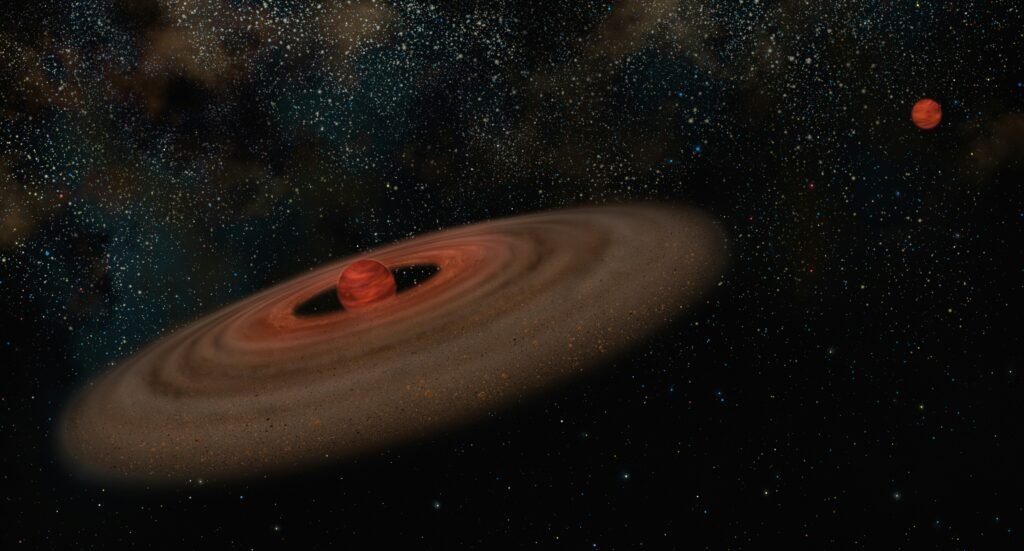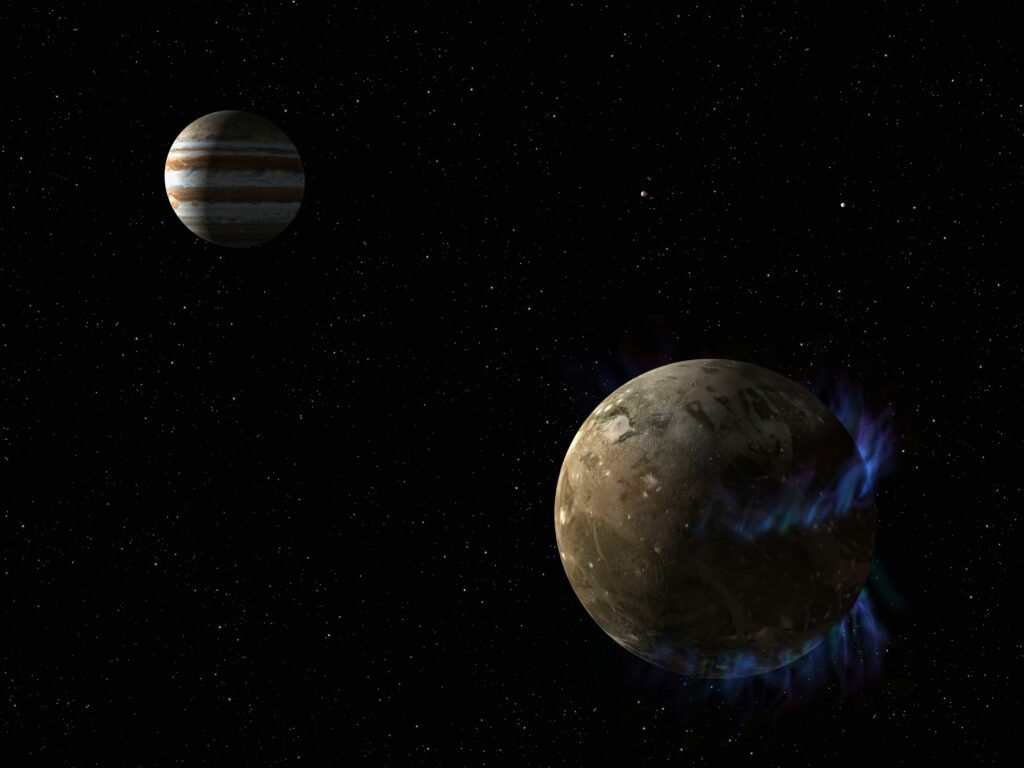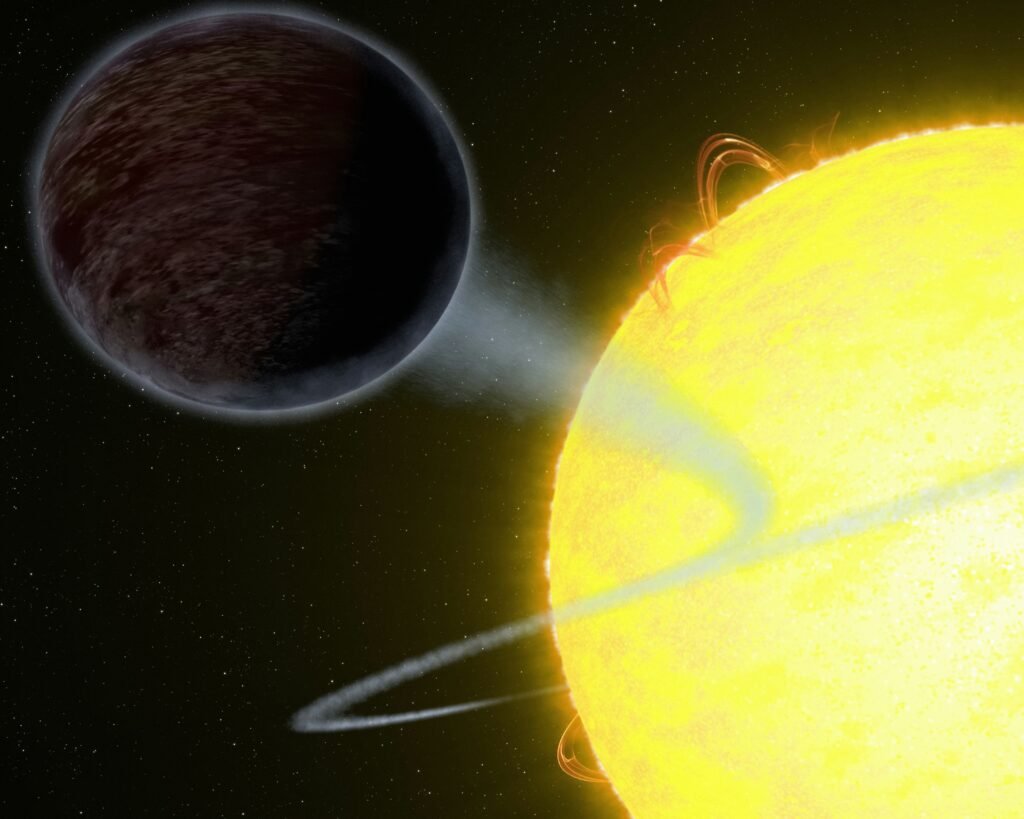
How far is a star from Earth? How distant are the galaxies we see through telescopes? Measuring space may seem impossible, but centuries of discovery and modern space science have enabled astronomers to use a combination of physics, light, and clever observation to measure vast distances with impressive accuracy.
In this article, we’ll explore how astronomers measure space distances, the techniques involved, and how agencies like NASA and institutions in the US and UK astronomy communities are leading the way.
Why Is Measuring Space Important?
Measuring space is the foundation of modern astronomy and space science. Knowing the distance between celestial bodies helps scientists:
- Map the structure of the universe
- Understand how stars and galaxies evolve
- Estimate the age of the universe
- Navigate spacecraft and space missions
- Detect potentially hazardous objects near Earth

Space Science Techniques
1. Parallax: The Most Direct Method
One of the simplest and most reliable methods is parallax. Just like your thumb appears to shift against the background when you alternate eyes, stars do the same when Earth changes its position in orbit.
How It Works
Astronomers observe a star from two positions six months apart. The slight shift in its position against more distant stars is measured and used to calculate distance using geometry. The European Gaia satellite has mapped distances to over a billion stars using parallax.
Best For:
- Stars within a few hundred light-years
- Foundation of the “cosmic distance ladder”
2. Standard Candles: Measuring Light to Measure Distance

Some celestial objects, like Cepheid variable stars and Type Ia supernovae, have predictable brightness. These are known as standard candles in astronomy.
How It Works
By comparing how bright a standard candle appears from Earth to how bright it’s supposed to be, astronomers can determine how far away it is. This method helped scientists discover that the universe is expanding at an accelerating rate, a breakthrough in space science.
Best For:
- Measuring distance to nearby and distant galaxies
- Used for hundreds of millions of light years
3. Redshift: The Universe on the Move

As galaxies move away from us due to the expansion of the universe, their light gets stretched toward the red end of the spectrum. This is called redshift.
How It Works
The degree of redshift tells astronomers how fast an object is moving away, which is then used to calculate its distance. NASA and international observatories use redshift to explore galaxies billions of light-years away.
Best For:
- Very distant galaxies and quasars
- Probing the large-scale structure of the universe
4. Radar and Laser Ranging: Close-Up Accuracy
For nearby celestial objects like the Moon or planets in our solar system, astronomers use radar or lasers.
How It Works
A signal is sent from Earth to an object. The time it takes to bounce back gives a highly accurate distance reading.
Best For:
- Moon, Mars, asteroids, and satellites
- Essential for planetary exploration and landing missions
This method is critical for missions led by NASA and other space agencies.
5. Tully-Fisher Relation: Galaxy Spin and Brightness
This method links the rotational speed of a spiral galaxy with its luminosity. The faster it spins, the brighter it tends to be.
How It Works
By measuring a galaxy’s spin speed and how bright it appears, scientists can calculate its distance.
Best For:
- Spiral galaxies up to hundreds of millions of light-years away
- Useful when standard candles are unavailable
This technique supports deep-space mapping and is widely used in US and UK astronomy research.
Common Challenges in Measuring Space
Despite major advances, measuring space distances is not without difficulty:
- Space dust can obscure and dim objects
- Uncertainty in object brightness can lead to errors
- The motion of objects can interfere with calculations
- Instruments require precise calibration and stability
Fortunately, ongoing missions like the James Webb Space Telescope and ESA’s Gaia are helping improve these methods every year.
Stay Updated with Space Discoveries
The field of astronomy evolves rapidly. If you want to stay informed:
- Follow astronomy research updates from NASA, ESA, and other agencies
- Buy astronomy books to learn more about concepts like redshift and parallax
- Join US and UK astronomy clubs and online forums
- Take part in astronomy webinars and online courses
How These Techniques Affect Everyday Life
You might be surprised to learn that space distance measurement impacts life on Earth:
- GPS satellites rely on precise space positioning
- Space missions use these calculations to travel safely
- Asteroid tracking helps us prevent possible Earth impacts
- Scientific education benefits from real-world astronomical data
Astronomy is more than just stargazing, it’s a science that powers technology and inspires discovery.
Measuring the Universe, One Light-Year at a Time
From nearby stars to galaxies billions of light-years away, astronomers have built a robust system to measure space distances using a mix of geometry, light behavior, and cosmic physics. Parallax, standard candles, redshift, and more, each method is a piece of a larger puzzle, helping us understand the universe.
As you explore the night sky, remember: the light you see has traveled across unimaginable distances, measured carefully by the tools and minds behind modern space science.







